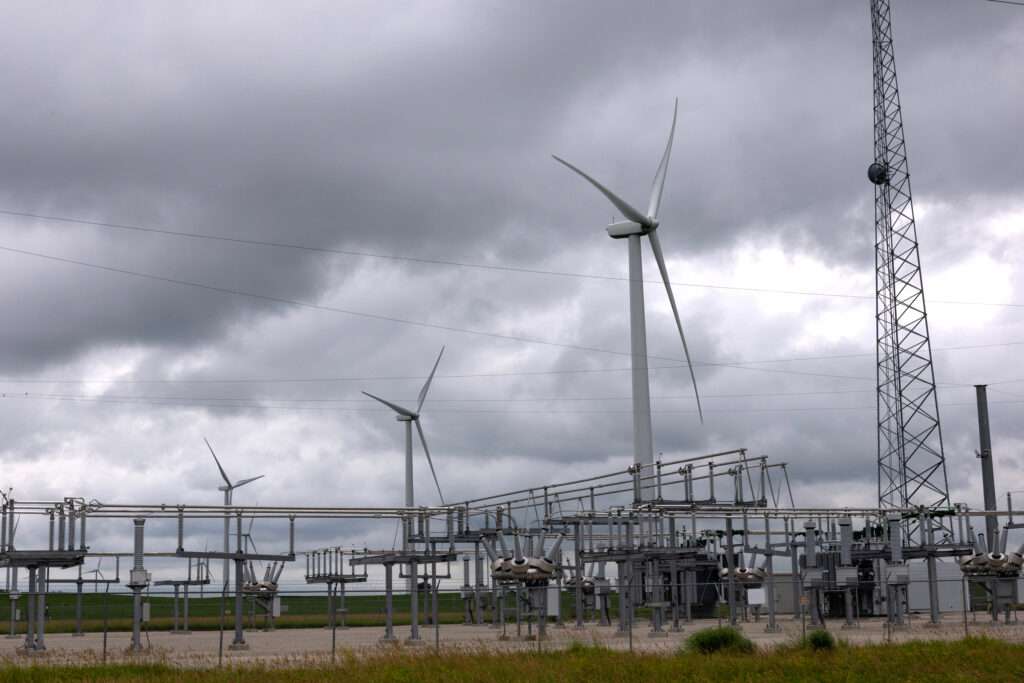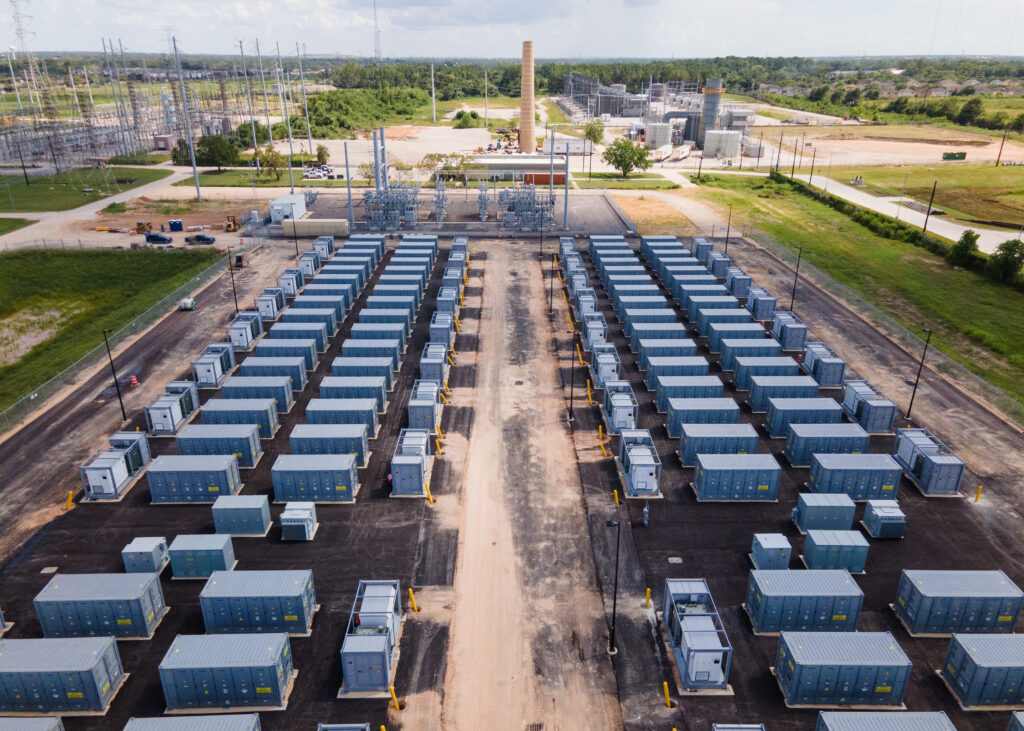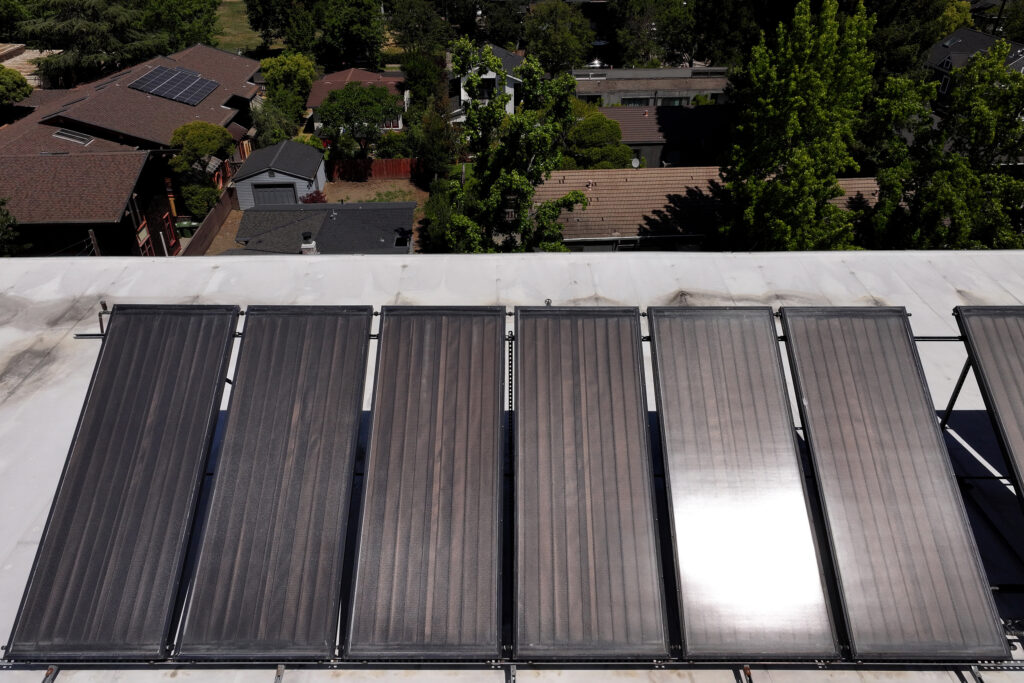U.S. utility-scale renewable electricity generation fell in 2023 due to weather patterns that reduced output from wind farms and drought that affected hydropower. Data released by the Energy Information Administration shows a decrease of 0.8 percent compared to the prior year.
This is a stunning result, considering that utility-scale renewables have been a fast-growing part of the electricity mix and are a crucial resource for the country’s transition away from fossil fuels.
But experts urged caution in interpreting the results.
“There’s no reason to overreact to a one-year blip,” said Daniel Cohan, an environmental engineering professor at Rice University. “Renewable electricity is still on pace to more than double by the end of the decade as hundreds of new solar and wind farms come online.”
We’re hiring!
Please take a look at the new openings in our newsroom.
See jobs
The country’s wind farms, solar farms, hydroelectric dams and other utility-scale power plants generated 893,518 gigawatt-hours in 2023, which was just short of the record high reached the prior year.
Renewables were 21.4 percent of the country’s utility-scale electricity generation, behind only natural gas power plants, which were 43.1 percent. The other leading sources were nuclear, with 18.6 percent, and coal, with 16.2 percent.
The largest source of renewable electricity is wind, and it suffered in 2023. U.S. wind farms generated 425,235 gigawatt-hours last year, down 2.1 percent from the prior year.
Most of the decrease was due to slow wind speeds in the Midwest during warmer weather months, based on reports from regional grid operators.
One reason for the relative lack of wind was a drop in the number of warm fronts and cold fronts passing through the Midwest in 2023, said Kenny Blumenfeld, senior climatologist in the Minnesota State Climate Office. The passage of fronts is often associated with an increase in wind and precipitation.
The decrease in warm and cold fronts may be because of a change in a global weather pattern, like an El Niño effect. Researchers are looking at how climate change affects those patterns, but this is an unsettled area of study, Blumenfeld said.
An even larger factor is that 2022 was unusually windy, so 2023 had a difficult time living up to the prior year.
“It’s really 2022 that looks like the aberration here,” Blumenfeld said. “It really stands out as a windy year at stations across Minnesota.”
Other factors included delays in completing major onshore and offshore wind farms because of parts shortages and difficulty obtaining permits. One example is Vineyard Wind 1 off of Massachusetts, which is under construction and only this month began delivering electricity from five of its expected 62 turbines, years later than developers had initially planned.
Hydropower plants generated 239,855 gigawatt-hours, down 5.9 percent from 2022. The main reason for the decrease was a drop in water levels at hydroelectric dams in areas experiencing drought.
This story is funded by readers like you.
Our nonprofit newsroom provides award-winning climate coverage free of charge and advertising. We rely on donations from readers like you to keep going. Please donate now to support our work.
Donate Now
Utility-scale solar farms generated 164,502 gigawatt-hours, up 14.4 percent. The growth was mainly because of new solar farms coming online.
The national decrease in renewable generation applies only to utility-scale power sources, which are those that serve the grid. Not included in this total are small-scale solar projects, which are often on rooftops of homes and businesses. Small-scale solar generation last year was 73,619 gigawatt-hours, up 20.1 percent.
If small-scale solar is included in the country’s total renewable energy generation, as opposed to just utility-scale generation, then the result is an increase of 0.5 percent in 2023.
The EIA figures come from the Electric Power Monthly with data for December 2023, released on Monday. The numbers are preliminary and could be revised, but it would be unusual to see large revisions.

















